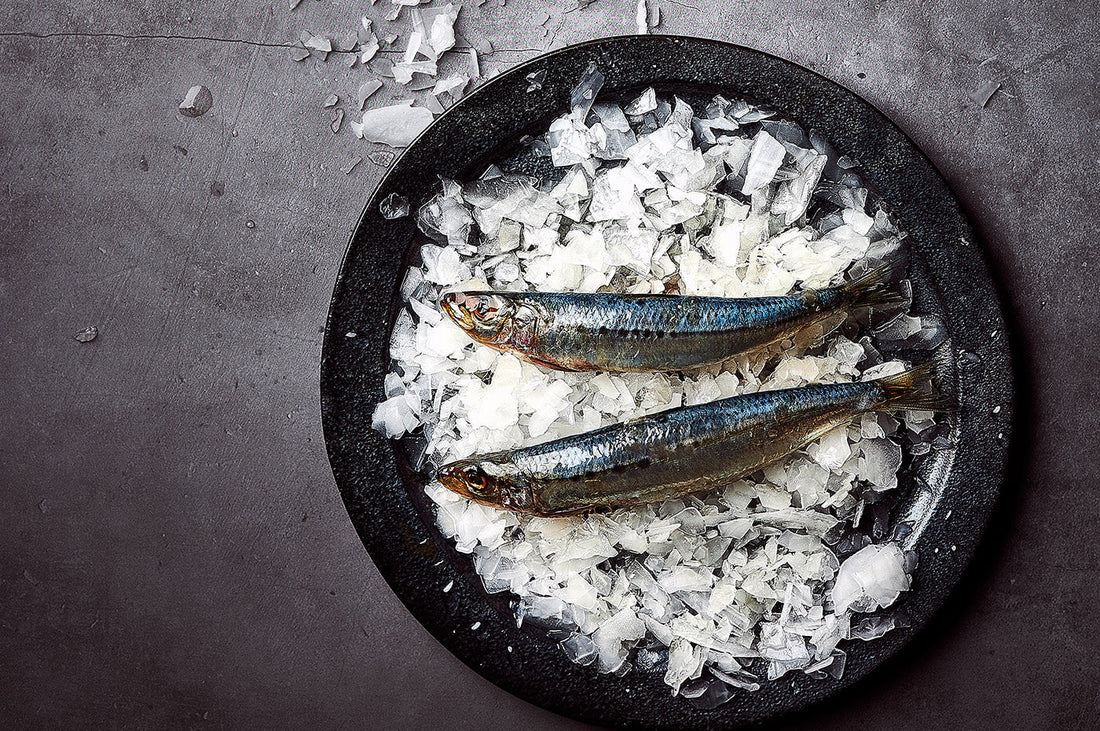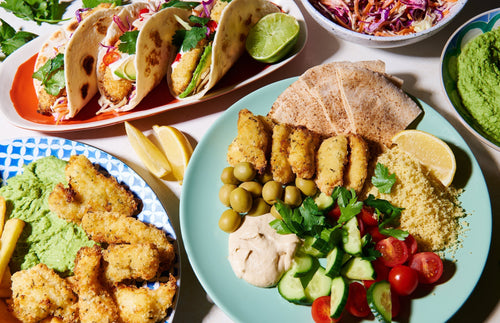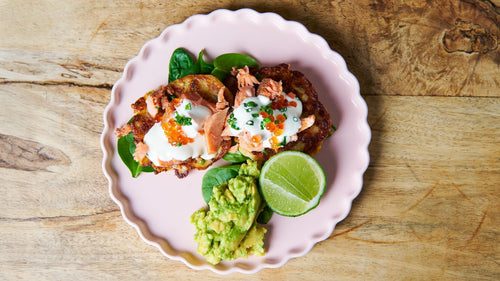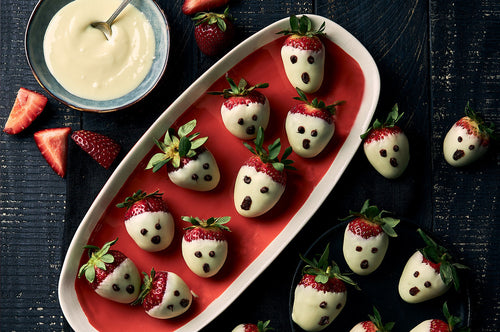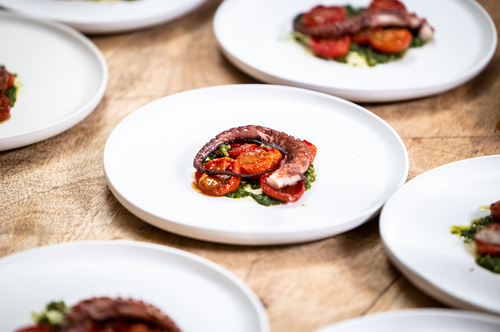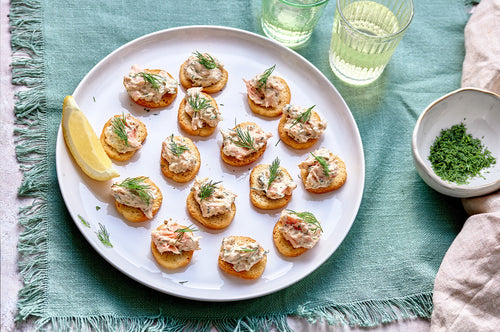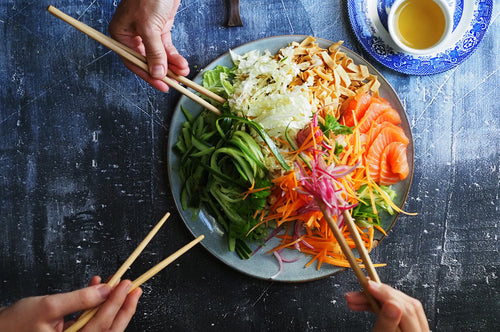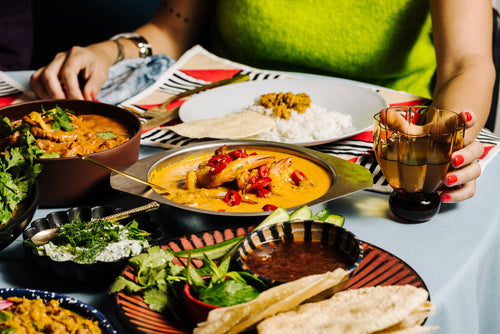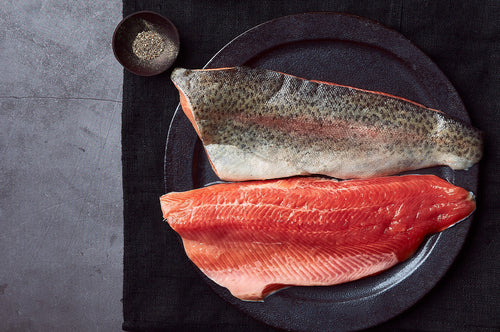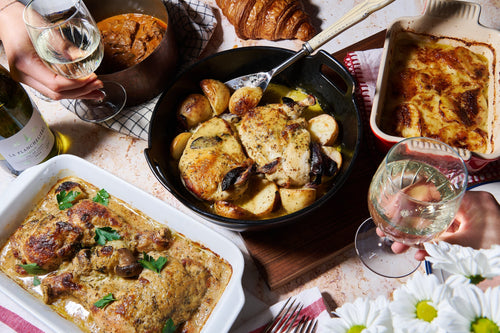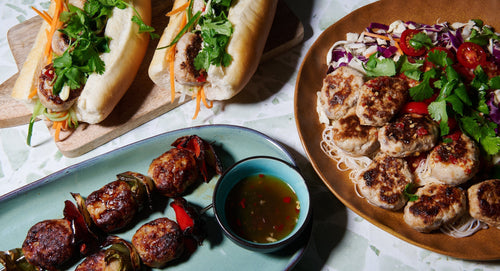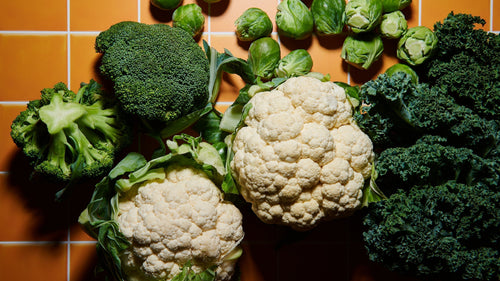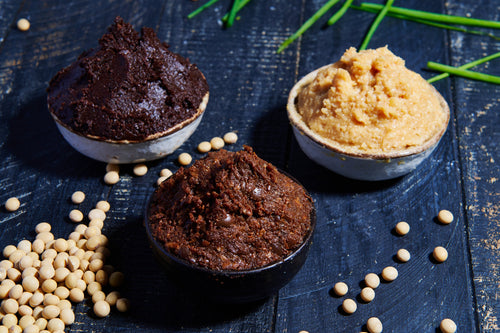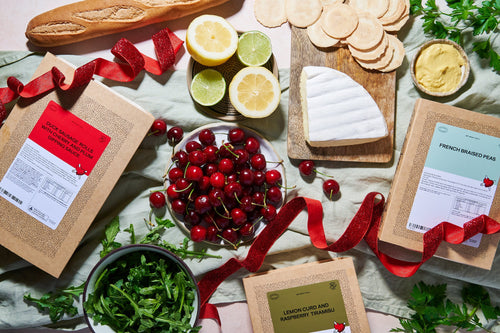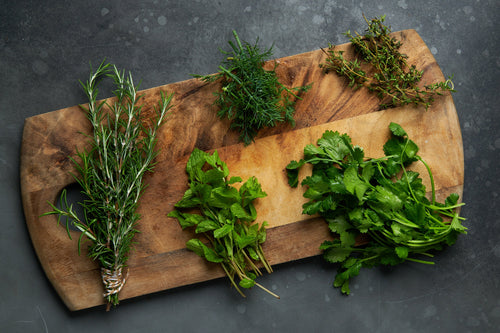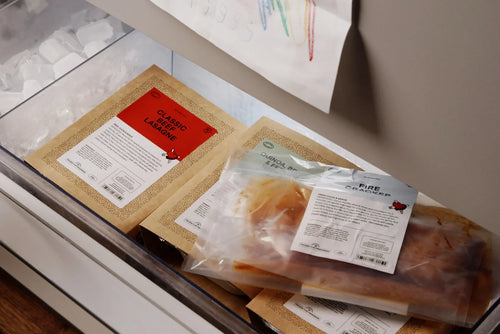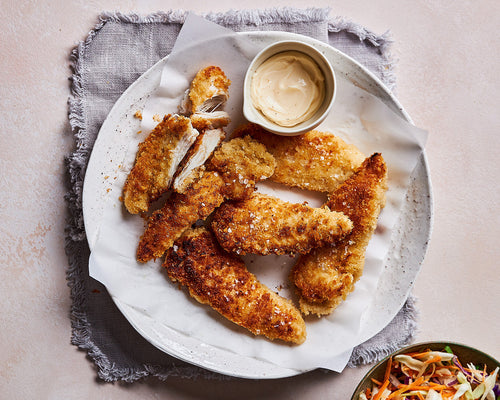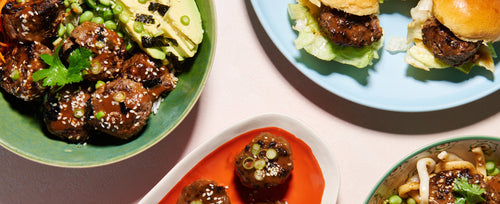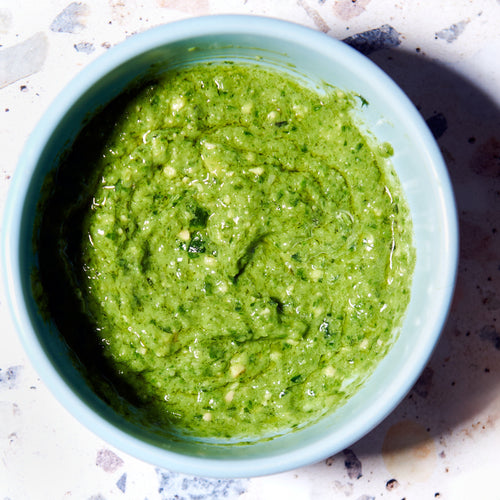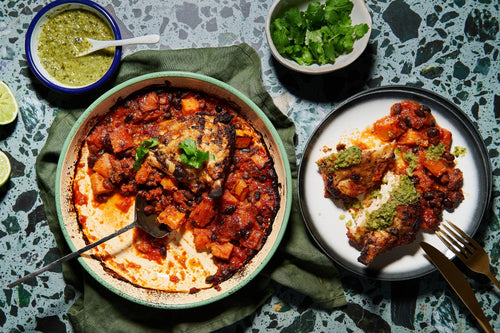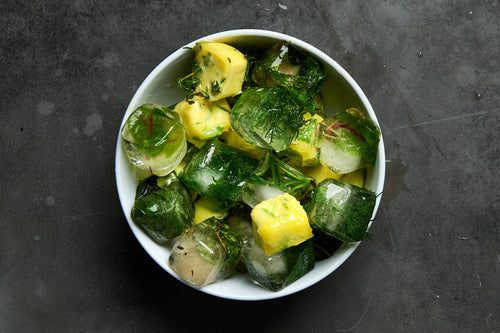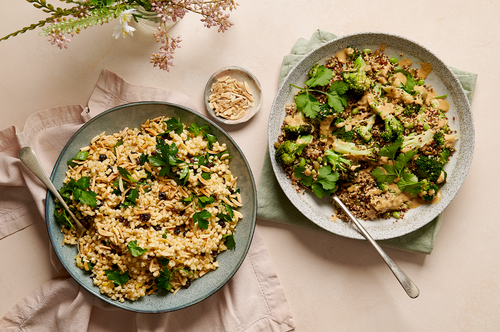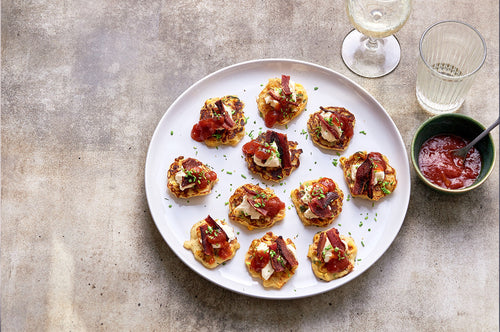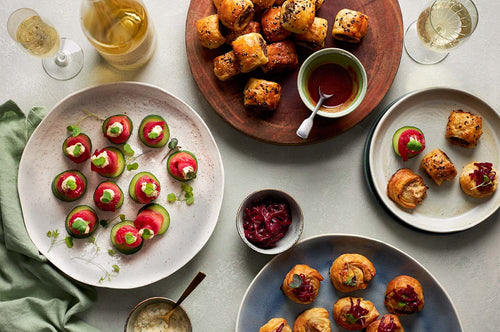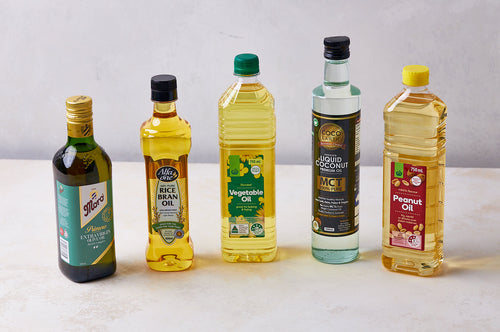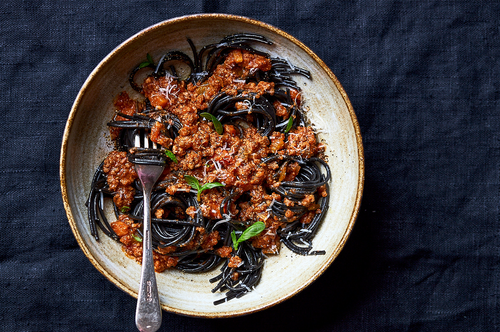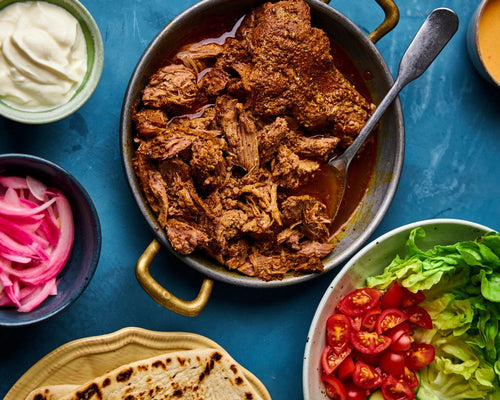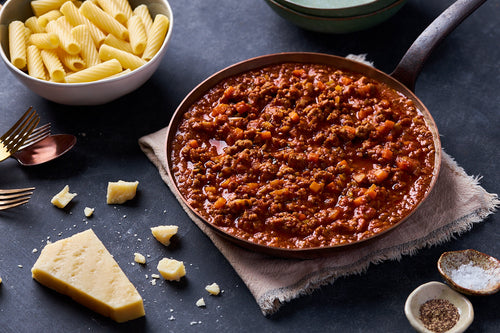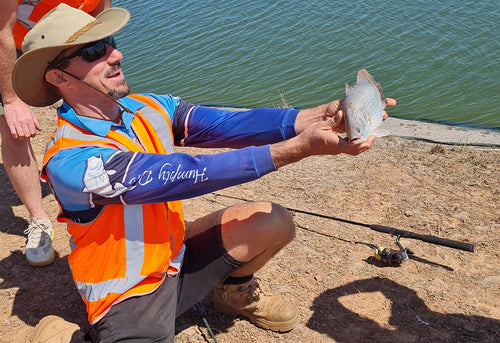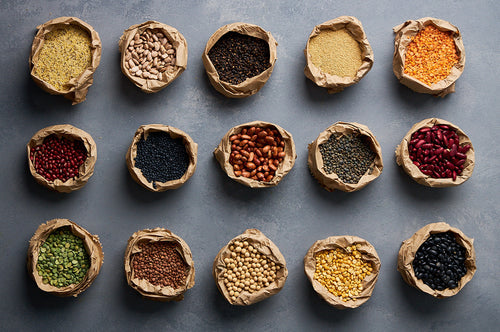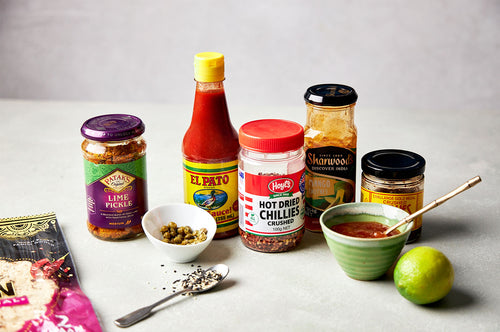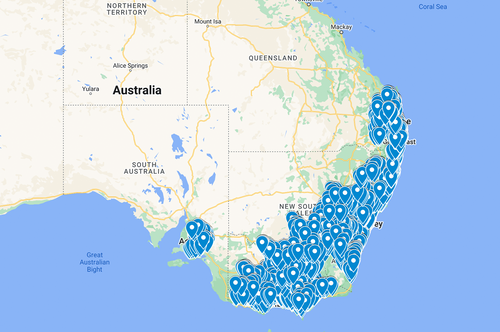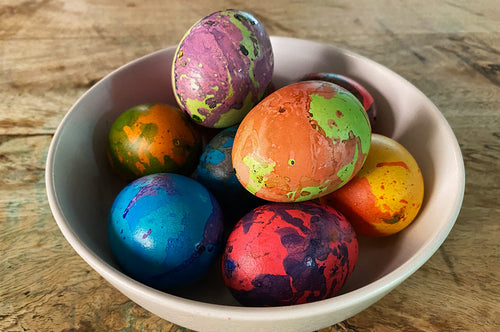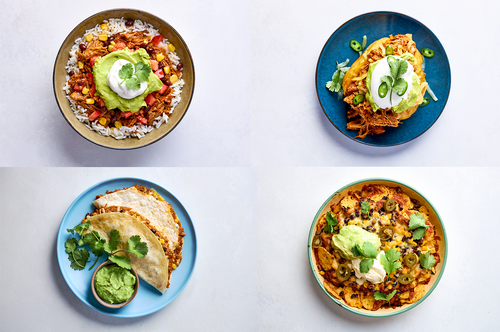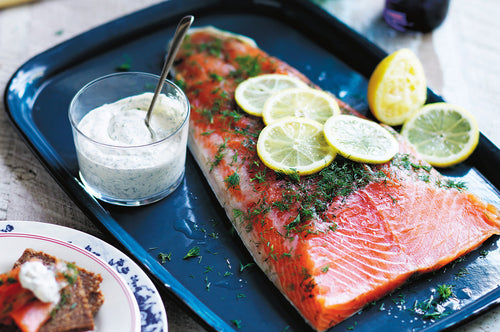There are staggering varieties of fish swimming in our Australian oceans – pretty much all of them delicious. As a great, home-grown, lean source of protein, fish has huge health benefits and incredible versatility. It can sound confusing – oily versus firm white, flat versus round, saltwater versus freshwater – but it’s really very simple.
Fish families
Fish, when they’re being caught, are broadly separated into two groups: saltwater and freshwater. Because salty water is more buoyant than fresh water, the fish that live there, such as cod, flounder and tuna, can have thicker, heavier bones. Freshwater fish need lighter skeletons, so have many tiny bones instead. Some people don’t like those tiny bones in their dinner – for others, it’s all part of the deliciousness of the fish experience.
Australia being a dry continent surrounded by ocean, has far more species of saltwater than freshwater fish. Our most common freshies are Murray cod and Australian bass.
And then there are anadromous fish, such as salmon, meaning that in the wild they migrate from saltwater to freshwater to spawn (that’s what they do when they’re leaping!).
Flat fish and round fish are exactly what they sound like… Flat fish include species such as flounder, plaice, sole and halibut (just the right size for a plate!) and are the perfect shape to live on the ocean floor.
We have wild fish and farmed fish, which means that, conveniently, many varieties are available all year round, but there are issues of sustainability and health that might affect the choices you make.
In recipes for cooking, fish are usually divided into two different groups: ‘oily fish’ and ‘firm white fish’.
Oily Fish
All fish is a great source of high-quality protein, low in calories and sodium relative to meat, and rich in zinc, iron, iodine, selenium, and vitamins A and D (for wound healing and a healthy immune system – something we all love at the moment).
But the thing that makes fish an anti-inflammatory superhero is its Omega-3 content. Omega-3 is the body’s inflammation buster, linked to lower risk of cardiovascular disease, and battler of early signs of skin ageing. It can even help protect skin from sun damage.
In white fish, the oil-containing Omega-3 is concentrated in the liver (remember cod liver oil?) but in oily fish it’s distributed throughout the flesh. These oily fish are the nutritional army you want on your side.
Oily fish have a stronger flavour than white fish and are often cooked with other stronger flavours and marinades. You might find them in Mediterranean style dishes, with tomatoes, onions, olives, balsamic vinegar and capers, or in Asian style grills and curries with soy sauce, ginger, lime or wasabi. Their flesh is often ‘meatier’ and can stand up to ‘tougher’ cooking methods, such as barbecuing or smoking.
Oily fish include fresh tuna, salmon and trout, mackerel, sardines, anchovies, marlins, whitebait, kippers, swordfish and orange roughy. (Tinned tuna loses a lot of its oil in the canning process so isn’t strictly classified as oily.)
Our most common tuna is yellowfin (also known as allison tuna, albacore, yellowfin tunny) and it’s usually sold as steaks or cutlets.
Salmon, trout and charr are all part of the same family. Rainbow trout was introduced to Australia in the 1890s and is now the main trout farmed in Australia. It can be both freshwater and saltwater and when it’s farmed in sea cages it’s sold as ocean trout. Brook Trout is marketed as ‘saltwater charr’ in Australia.
Firm white fish
These are the fish with delicate, flaky, white, buttery flesh that’s often quickly pan-fried or cooked in a simple parcel of baking paper in the oven. The fish is cooked until the flesh is just opaque – it doesn’t take long and it really is easy!
Firm white fish that are caught around Australia and can be used deliciously and successfully in most recipes include: Barramundi, Snapper, Flathead, King George Whiting, Flounder, Dory, Ling, Blue-eye Trevalla, Coral Trout, Bream, Emperors, Morwong and Mahi Mahi.
European varieties
If you’ve a favourite European cookbook that you’ve given up on because you don’t recognize the fish types and names, here are some Aussie fish you can substitute in recipes:
Brill = John Dory
Cod = Murray Cod
Blue-eye Trevalla
Grouper = Barramundi
Halibut = Atlantic Salmon
Monkfish = Stargazer
Plaice = Whiting Flounder
Sea Bass = Murray Cod
Hapuku Sole = Flounder
Turbot = Flounder
Looking for some inspiration? Shop our seafood menu here.
If you liked this article, you might also like:
